In the continuing debate between cash or non-cash rewards, numerous studies show non-cash delivering a greater impact to recipients and to the organization. One study showed 39% of managers surveyed believed non-cash was most effective at motivating employees versus 20.5% for cash, an almost 2-to-1 preference.
Managers Prefer Non-Cash Rewards
An ongoing discussion within the field of employee recognition and rewards centers around the question of which types of rewards are most effective for motivating employees. Cash rewards typically include direct payouts and debit cards, while non-cash rewards include travel, merchandise, gift cards and event tickets.
Respondents that are asked to choose directly between the option of receiving cash or non-cash rewards often instinctively choose cash. Perhaps that’s not surprising because everybody needs money for bills or daily incidentals. In terms of ongoing and more effective organizational impact, however, non-cash rewards deliver stronger results.
To look at the issue more closely, the Forum for People Performance Management and Measurement conducted a survey of 235 self-identified managers in marketing, human resources and other areas who reported they were “users of reward and recognition services.”¹
Overall, the study found that managers expressed a strong preference for non-cash reward and recognition programs. They viewed them as “more important, more effective, and generally superior for achieving the majority of the organizational objectives.”
Figure 1 shows the results of responses to the question: “Currently, which type of reward/recognition program do you think is MOST effective for motivating employees?”
Managers expressed a stronger conviction for non-cash (39.3 %) vs cash (20.5%) by an almost 2-to-1 margin.
Figure 1: Most Effective Programs Today and in Five Years

Source: Forum for People Performance Management and Measurement¹
The survey asked a follow up question regarding what the managers anticipated five years from now, and the results reveal larger gains in favor of non-cash rewards (46.8%) vs cash (18.5%).
Leading non-cash tactics included gift certificates, special events, merchandise awards, and email/print communications.
A recent McKinsey report, “Motivating People; Getting Beyond Money,”² openly challenges the traditional thinking of cash as the end-all motivator. The report finds strongly in favor of non-cash motivators (including praise from immediate managers), and lists these motivators as being more effective than the three highest-rated financial incentives (such as cash bonuses, increased base pay, and stock options).
The Institute for Human Resources (IHR) also took a look at the issue of HR motivation tools, seeking to determine to what extent non-cash rewards and recognition fit into the HR toolbox. In terms of increasing engagement, IHR found that HR owners of non-cash reward and recognition programs were “very positive about the role non-cash awards play in elevating engagement within their organizations.”³
As shown in figure 2, almost 70% reported that in their experience Gift Cards for merchandise were either extremely effective or effective at increasing engagement within their organizations.
Just over 60% of respondents reported that intangibles such as time off, reserved parking spaces, etc. were either effective or highly effective in increasing engagement. Nearly half felt that merchandise was effective or highly effective.
Figure 2. Non-Cash R&R Effectiveness in Increasing Engagement

Source: Institute for Human Resources³
A Look at “Why”
Leading theories for why non-cash rewards are viewed more favorably include the following:
- Cash rewards don’t have a lasting impact. People who receive cash tend to lump the money in with their other compensation and simply use it for typical everyday purchases. In other words, it’s not used for something that is memorable.
- In relation to the first point, people who receive a non-cash reward, such as jewelry or even a unique souvenir, often still enjoy a strong positive association years after receiving it.
- Employees readily share their excitement about non-cash rewards with others, while they rarely share information about a cash prize. In fact, many companies have policies – or make recommendations – that employees not share compensation information with others. Therefore, the cash award loses any residual value for “bragging rights.”
- From an organizational perspective, another issue is that cash is considered compensation in the employee’s mind. So when the cash compensation is “removed,” people feel slighted, something not experienced when it is a clear reward for specific behaviors or results
The Pink Cadillac – Make it Unique
One final thought to keep in mind about non-cash rewards is the powerful incentive of providing employees with rewards or experiences they can’t buy for themselves, described in an article in Incentive Magazine called “Don’t Show Me the Money!”4
“Some really powerful non-cash incentives would be things like the Mary Kay Cosmetics example of the pink Cadillac,” said Victoria Shaffer, Ph.D., and assistant professor in the Department of Psychology at Wichita State University. “That is the classic*. That’s not something that people can get their hands on. Or sporting event tickets that are in a company box. Things like that where you could never even come up with the cash equivalents.”
Make it Memorable
If you ask people to reflect on occasions when they might have received cash versus a tangible reward, you will often notice a distinct difference in their reactions. While how they used the cash is rarely remembered, their faces light up when they recall the excitement of visiting exotic locales, turning on their new HDTV with friends, or dining at a favorite restaurant “on the house.” Ultimately, it’s that “wow” factor that delivers the most bang for your recognition and reward dollar.



